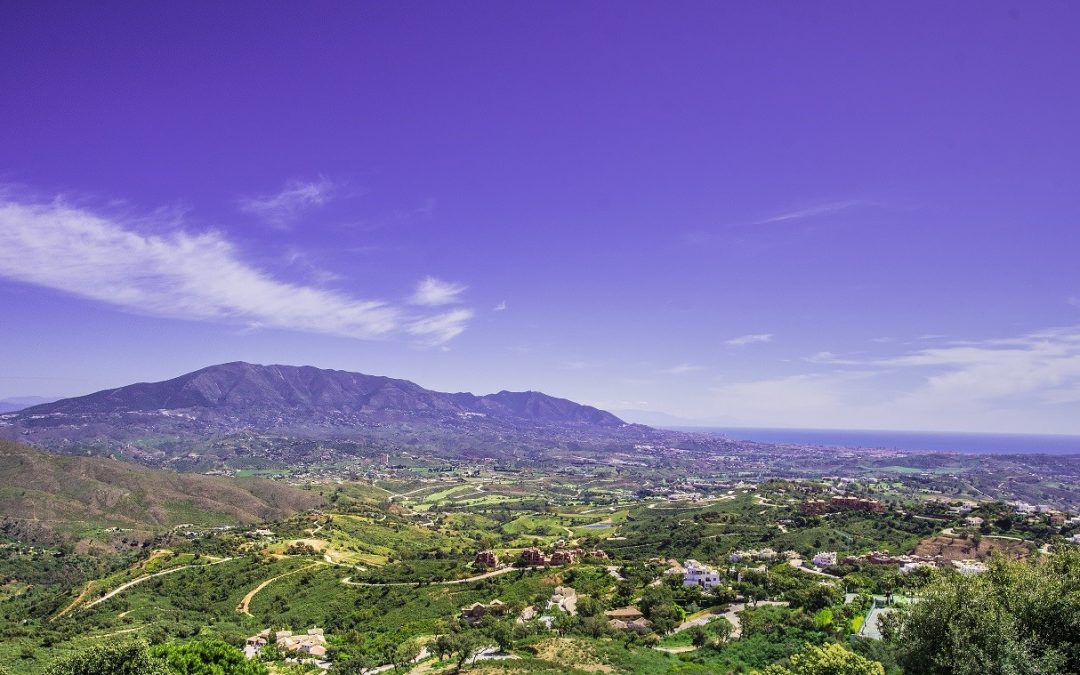One of the most joyful aspects of visiting or living in Andalucia is the beauty of the natural landscape, ranging from rugged snow-capped mountains to its coveted coastline, swathes of natural forests and sandy desert dunes, you cannot fail to be moved.
You may not realise just how much there is to enjoy, protected Natural Parks cover over 30 per cent of the land in Andalucia, ensuring unspoilt natural habitats, clean air and the preservation of wildlife and of course spectacular views. Andalucia also boasts two National Parks within the region, Doñana and Sierra Nevada, which are afforded the highest level of protection in order to safeguard the wildlife, plants and unspoilt terrain.
To provide a further level of protection UNESCO (United Nations Educational Scientific and Cultural Organisation) has designated eight areas in Andalucia as ‘biospheres’, based on their important ecosystems, flora, fauna and natural resources. UNESCO biospheres are protected by conservation orders that guarantee only sustainable development, which is why homes in these areas, like Siesta’s ‘The Oakhill’ and ‘Oakhill Heights’ are highly coveted, as the landscapes, fresh air and views are guaranteed with a protected biosphere reserve.
Here are four of Andalucia’s must-see biosphere reserves:
Sierra Nevada
Sierra Nevada is situated close to Granada and was designated as a UNESCO biosphere in 1986. This National Park is arguably the most well-known and is famed for its high mountain range, the second highest mountain in Europe behind the Alps, making Andalucia one of the few destinations where you can be sunbathing on beach in the morning and within a couple of hours drive, be skiing down the slopes. The park also covers an enormous expanse of rivers, gorges, lakes, lagoons, forests and stunning natural flora. It is popular not only with skiers but also hikers, cyclists and campers.
Parque Nacional de Doñana
Bird watchers will already know about this beautiful National Park, as it is one of the most important wetlands in Europe, and home to an incredible variety of birds. Many species migrate to the park from all over Europe and as far as Africa, including geese and flamingos and it is also home to the largest colony of Spanish Eagles in the world. The park covers an incredible 1,300km² and spans three provinces, Cadiz, Huelva and Seville. It is only possible to visit the park by taking an organised trip via the El Acebuche Visitors Centre with an official guide, cars are prohibited and access is strictly limited.
Sierra de las Nieves
Nestled in the foothills of the mountains behind Marbella, Sierra de las Nieves covers an area spanning 18,530 hectares, which is mainly agricultural land, abundant with incredible forests of fir, chestnuts and olives. It is also the natural habitat of mountain goats, amongst other indigenous wildlife. The area was designated a UNESCO biosphere reserve in 1995. Visitors are drawn to the park to soak up the wild landscapes dense with wild flora and fauna, and the terrain is fantastic for horse riding, trekking and climbing.
Sierra de Grazalema
This natural park is blessed with over 1,300 varieties of indigenous Mediterranean plants, many unique to this specific park. The abundance of natural flora, including rare Spanish fir forests, is a result of the area’s incredible amount of rain fall each year, in fact this corner of Cadiz has been dubbed the ‘wettest place in Spain’. Of the park’s 51,695 hectares, 3,000 are designated as the Reserve Area, as this sector includes the most delicate ecosystems, ancient forests and Eagle colonies, and therefore access is restricted. If you would like to visit the restricted zone, this can be arranged via the visitors centre in Cortes de la Frontera.
If you are interested in visiting Marbella to soak up the atmosphere and explore the exquisite UNESCO Biosphere Reserves, why not take a detour to The Oakhill or Oakhill Heights to view the scenery and check the boutique style resorts for yourself. Contact us for details or to arrange a viewing at info@siestahomes.com.


